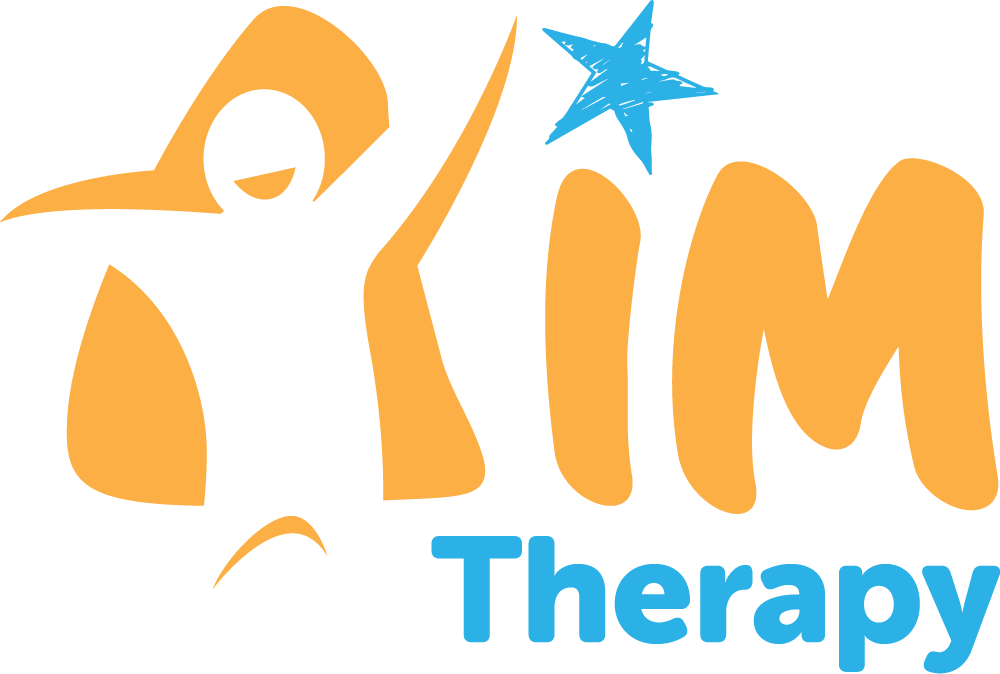Physiotherapy for Hypermobility and EDS
Hypermobility is described as the capability of joints to move beyond the normal range of motion due to ligament laxity. Hypermobility is a spectrum and varies in severity, and hypermobility physiotherapy can play an important role in managing its impact.
Hypermobility Spectrum Disorder (HSD) or Joint Hypermobility Syndrome (JHS) are terms used to describe joint hypermobility (as classified by the Beighton score) combined with pain and/or fatigue that is impacting on everyday life and that is not explained by any other condition.
Ehlers Danlos Syndromes (EDS) are a group of hereditary connective tissues disorders that vary in presentation and genetic cause. They are characterised by joint hypermobility, joint instability (subluxations and dislocations), skin hyperextensibility (skin that can be stretched further than normal), poor wound healing with abnormal scarring and tissues fragility (skin that is easy to tear and bruise). The genetic basis of hypermobile type EDS (hEDS) is currently unknown.
As a parent or caregiver, you may notice that your child:
- Has extremely flexible joints
- Adopts a ‘W’ sitting posture when sitting on the floor, for greater stability
- Experiences joint or muscle pain and fatigue
- Has flat feet beyond age 4-5years old
- Struggles with coordinating movement and may have balance difficulties
- Has not yet achieved the same gross motor skills as most peers
- Has difficulty sustaining long periods of activities
Our physiotherapist will conduct a thorough subjective history, gross motor screen and hands on musculoskeletal assessment. A Beighton score and joint range assessment will inform whether and which joints may be affected. The aim of the assessment is to classify severity, identify the impact hypermobility has on daily life and focus areas for intervention.
Hypermobility Physiotherapy Treatment Options
Physiotherapy intervention focuses on education, symptom management, joint protection and improving overall function. Treatment may include:
- Education and advice re. understanding the condition, self-management and appropriate exercise and sport
- Develop an appropriate home exercise program
- Advice on stretching
- Muscle strengthening
- To control the additional movement at the joint
- To provide the joints with strong stabilisers and shock absorbers
- To reduce the risk of injury
- To reduce joint pain
- Postural control, balance and proprioceptive training
- Address body awareness and coordination difficulties
- Build endurance
- Facilitate gross motor skill attainment
- Advice on orthotics and shoes (with referral to a podiatrist if necessary)
- Pain management techniques (with referral to a medical professional as necessary)
- Hydrotherapy
Physiotherapy sessions take place in our fully equipped clinic, with everything kids need to build strength, coordination and confidence. At AIM Therapy, we take great pride in delivering Physiotherapy services as unique as your child from assessment to intervention to meeting goals. If you would like more information about our services or would like to make a booking, we welcome you to contact us 6150 8339 or hello@aimtherapy.com.au.
